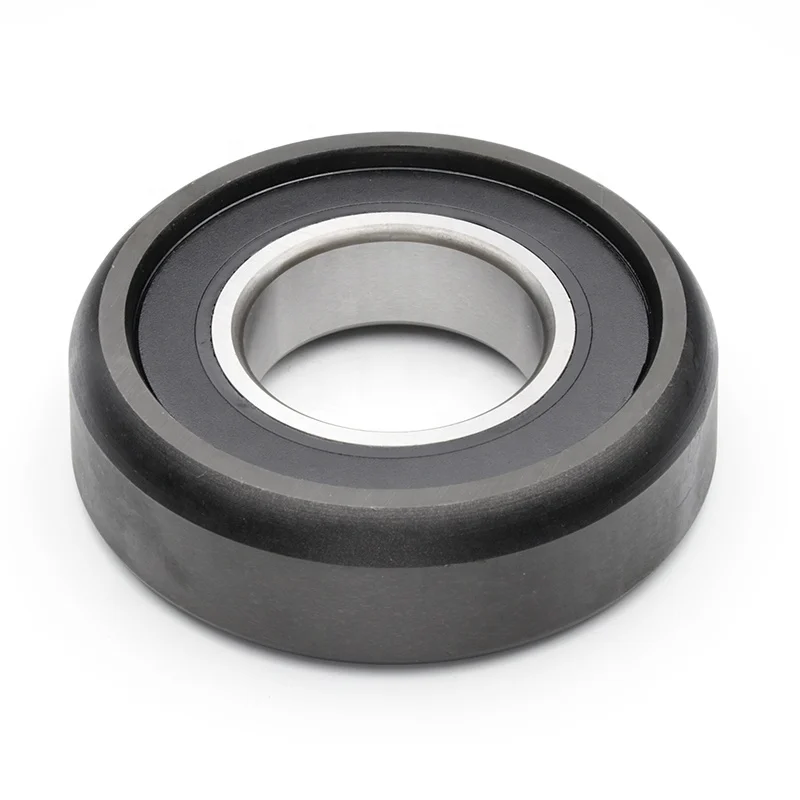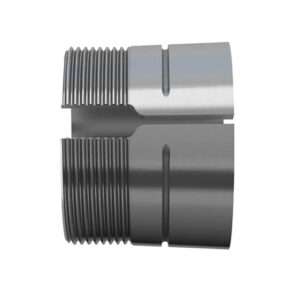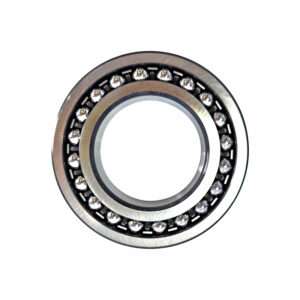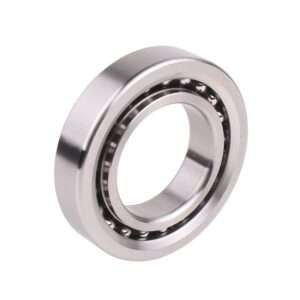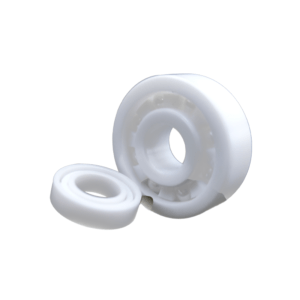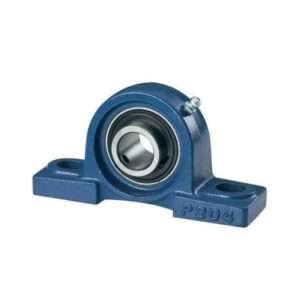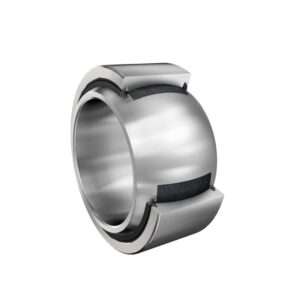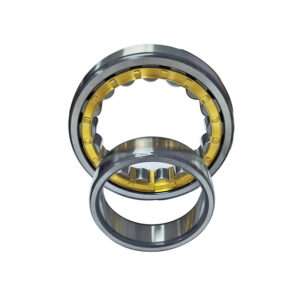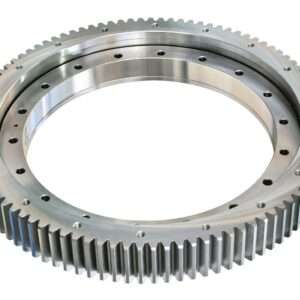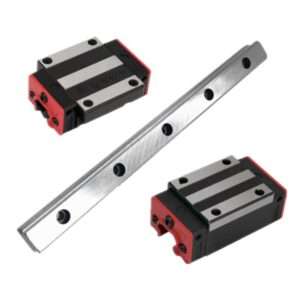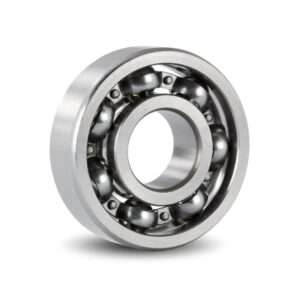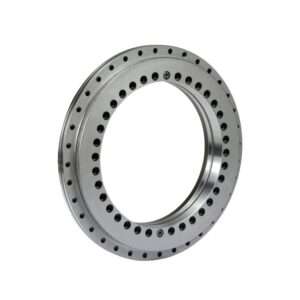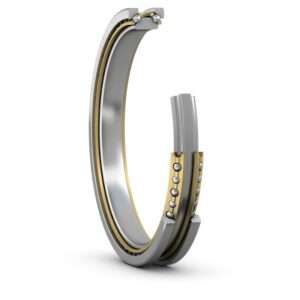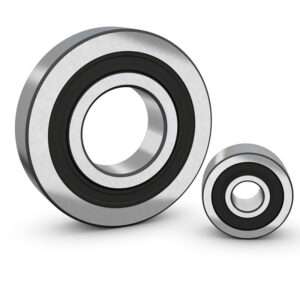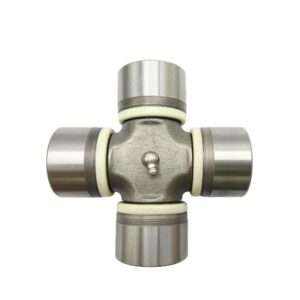Table of Contents
Categories
The Role of Thrust Washers in Reducing Friction and Wear
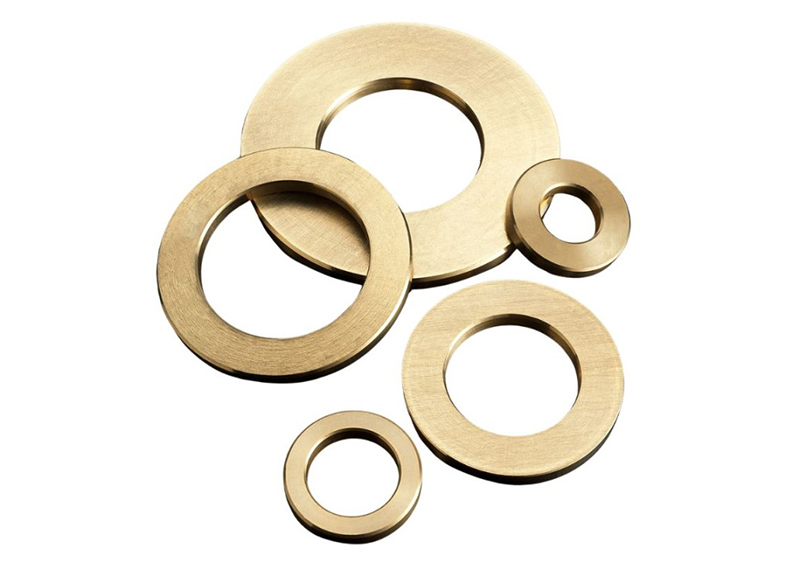
Introduction
Thrust washers are flat, disk-shaped components designed to prevent axial movement and reduce friction between rotating parts. They act as a buffer, absorbing axial loads and ensuring smooth operation by minimizing direct contact between moving surfaces. This reduces wear and prolongs the life of machinery. Thrust washers are widely used in automotive engines, gearboxes, and industrial machinery. In automotive engines, they support crankshafts and camshafts. In gearboxes, they ensure smooth gear shifting. Industrial applications include supporting rotating shafts in pumps and compressors. Their versatility and efficiency make them essential in various mechanical systems.
Basics of Friction and Wear
Friction is a fundamental force that opposes the relative motion or tendency of motion between two surfaces in contact. It can be classified into static friction, which occurs when surfaces are stationary relative to each other, and dynamic friction, which arises when there is relative motion. The coefficient of friction quantifies this resistance, influencing how much force is needed to move one surface over another.
Wear, on the other hand, refers to the gradual degradation of material surfaces due to mechanical action. It can manifest in various forms such as adhesive wear, where surfaces adhere and tear away, or abrasive wear caused by particles between surfaces. Corrosive wear occurs due to chemical reactions between the surfaces and the environment.
These wear mechanisms are critical considerations in engineering design, impacting the longevity and efficiency of mechanical components. Addressing friction and wear through materials selection, lubrication strategies, and proper maintenance is essential for optimizing the performance and lifespan of thrust washers and other machine parts, ensuring reliable operation in diverse applications from automotive systems to industrial machinery.
Materials Used in Thrust Washers
Mechanics of Load Distribution
The mechanics of load distribution in thrust washers are crucial for their effective functioning. Thrust washers primarily handle axial loads, which are forces applied parallel to the axis of rotation. Proper load distribution ensures that these forces are evenly spread across the surface of the washer, preventing localized stress concentrations that can lead to premature wear or failure.
Radial loads, which act perpendicular to the axis, are less commonly managed by thrust washers but can still influence their design and performance. An even load distribution across the washer’s surface helps maintain the alignment of rotating components, reducing friction and wear. This balance is achieved through precise engineering of the washer’s thickness, material properties, and surface finish.
Thrust washers also play a key role in maintaining the stability of rotating components. By evenly distributing axial loads, they help prevent tilting or misalignment that can cause excessive friction and uneven wear. This stability is essential for the smooth operation of machinery, particularly in high-speed or high-load applications.
Overall, the mechanics of load distribution in thrust washers ensure that they can effectively reduce friction and wear, extend the lifespan of machinery components, and maintain optimal performance under various operating conditions. Proper design and material selection are essential to achieving these benefits.
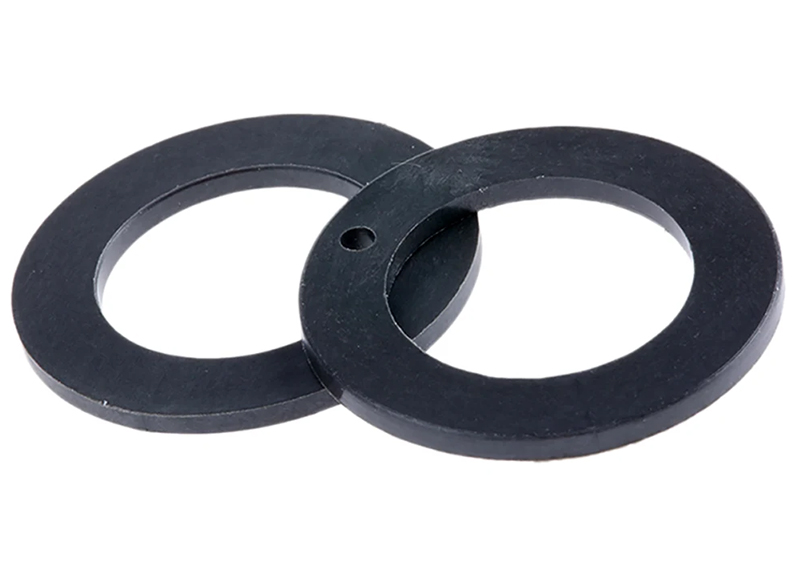
How Thrust Washers Reduce Friction
Surface Interaction: Reducing Metal-to-Metal Contact
In thrust washers, surface interaction plays a critical role in reducing metal-to-metal contact and minimizing friction. The washer’s smooth surface acts as a barrier between moving components, preventing direct contact that can lead to wear and heat generation. This separation is crucial for distributing axial loads evenly across the washer’s surface, ensuring that forces are spread out rather than concentrated on specific points. By reducing metal-to-metal contact, thrust washers effectively decrease frictional resistance, which in turn lowers energy consumption and extends the operational lifespan of machinery components. This mechanism is essential in various applications, from automotive engines to industrial machinery, where minimizing friction and wear is paramount for efficient and reliable performance. Thrust washers thus contribute significantly to enhancing the overall efficiency and durability of mechanical systems through their surface interaction dynamics.
Role of Smooth Surfaces
The role of smooth surfaces in thrust washers is pivotal for effective load distribution. Smooth surfaces ensure that the axial loads are evenly spread across the washer, preventing stress concentrations that can lead to premature failure. By providing a uniform contact area, smooth surfaces reduce friction between the washer and the rotating components, enhancing operational efficiency.Additionally, smooth surfaces facilitate better lubrication retention. Proper lubrication minimizes direct metal-to-metal contact, reducing wear and heat buildup. This is particularly important in high-speed or high-load applications where maintaining a low friction coefficient is essential for performance and longevity.In summary, smooth surfaces in thrust washers play a crucial role in even load distribution, reduced friction, and improved lubrication. These factors collectively contribute to the durability and efficiency of mechanical systems, ensuring reliable performance under various operating conditions.
Effect of Thrust Washer Thickness
The Role of Lubrication
Advanced Technologies in Thrust Washer Design
- Self-Lubricating Thrust Washers
- Innovations in Composite Materials
- Smart Thrust Washers with Embedded Sensors
Smart thrust washers with embedded sensors represent a cutting-edge advancement in thrust washer design. These sensors monitor parameters such as temperature, vibration, and load distribution in real-time, providing crucial data for predictive maintenance and performance optimization. By detecting early signs of wear or potential failures, smart thrust washers help prevent costly downtime and equipment damage. They enable proactive maintenance strategies, allowing engineers to schedule repairs or replacements precisely when needed, rather than reactively after failure occurs. This technology is particularly valuable in industries requiring high reliability and uptime, such as aerospace and manufacturing.
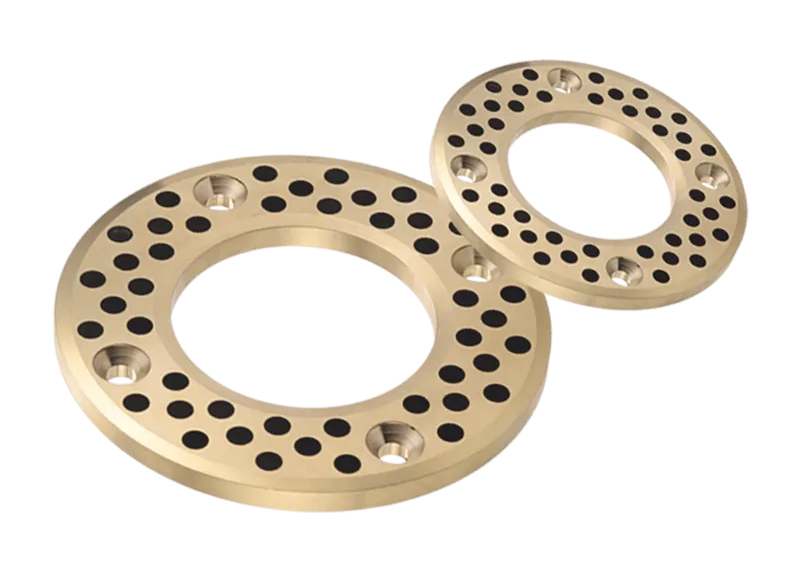
Design Considerations for Thrust Washers
Designing thrust washers involves several critical considerations to ensure optimal performance and longevity. Sizing and tolerances are crucial factors, as the washer must fit precisely within the assembly to distribute loads effectively and prevent misalignment. Engineers must carefully calculate dimensions to accommodate both axial and radial loads while maintaining proper clearance for smooth operation.
Surface finish plays a significant role in reducing friction and wear. A smooth surface finish ensures minimal resistance against rotating components, enhancing efficiency and reducing heat generation. Coatings such as electroplating or chemical treatments can further improve surface properties, providing additional protection against wear and corrosion.
Integration with other components is also essential. Thrust washers must be compatible with surrounding materials and designed to withstand the operational environment. This includes considerations for temperature extremes, exposure to chemicals, and potential contaminants. Proper material selection is critical here, ensuring the washer can withstand the specific conditions it will encounter.
Moreover, maintenance requirements should be factored into the design. Accessible installation and inspection points facilitate routine maintenance, such as lubrication replenishment or washer replacement. Ease of installation is another consideration, as straightforward installation procedures reduce assembly time and minimize the risk of errors.
Conclusion
In conclusion, thrust washers are vital components that reduce friction and manage axial loads in mechanical systems, from automotive engines to industrial machinery. Their design, materials, and lubrication play crucial roles in enhancing efficiency and longevity. Advances in materials like composites and polymers, along with innovations such as self-lubrication and smart technologies, continue to improve their performance and reliability. Engineers must consider factors like load distribution, surface finish, and integration with other components to optimize thrust washer design for various applications. By addressing these considerations, manufacturers can ensure smooth operation, minimize wear, and extend the lifespan of machinery, thereby supporting the overall efficiency and durability of mechanical systems.
References
- 1.”What are thrust washers?” from Saint-Gobain Bearings;
- 2. “Thrust Washers: The Ultimate Guide To Self-Lubricating Solutions” from Bronzelube;
- 3. “Thrust washers” from SKF.
Related Posts
sensor bearings
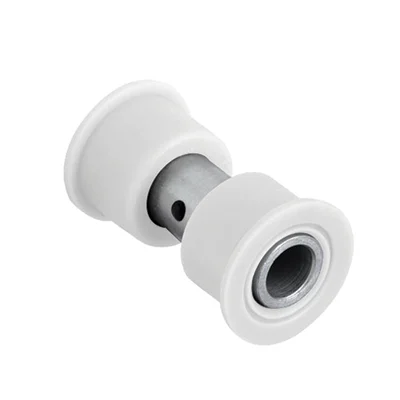
Delrin Bearings: Lubrication-Free Long Life
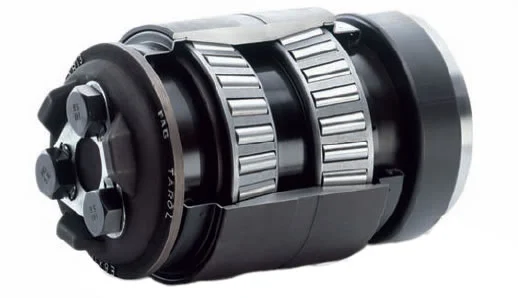
Locomotive Bearing Specs That Matter Most
